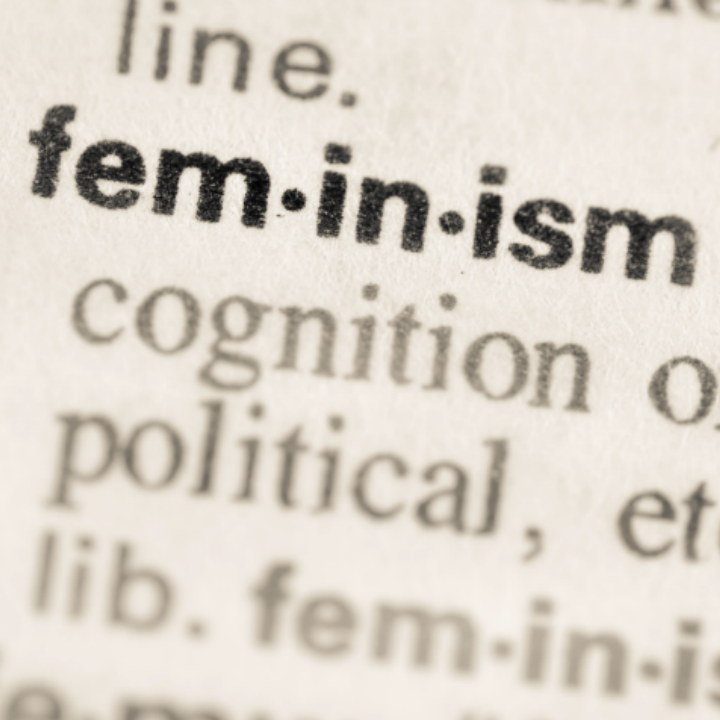
Movements and Ideologies
Feminism’s longstanding concern with achieving rights and equalities for large numbers of women has encouraged women who self-identify as feminist to work collectively to achieve this. Early feminists grouped together from the eighteenth century to discuss sexual inequalities and the best ways of overcoming these. From the nineteenth century a larger feminist movement developed. The movement arranged itself into a number of different organisations. These often had a declared single aim – such as Votes for Women, the slogan of the militant suffrage organisation the Women’s Social and Political Union, or the earlier campaign to repeal the Contagious Diseases Acts in the later nineteenth century – but encompassed wider concerns. Suffrage campaigners fought for change on range of issues including improving conditions for women at work and ending the sexual double standard that stigmatised unmarried mothers while allowing the fathers of illegitimate children to evade responsibility.
As feminist movements developed through the nineteenth and twentieth centuries, a number of distinctive ideologies emerged with different perspectives on the causes of women’s oppression and its best solution. Liberal feminists argued for equality with men in all areas of life. In the nineteenth century many Liberal feminists were particularly interested in campaigning for equal access to education for girls and young women, as they felt this was the best way of equipping women to play a fuller role in society. Not all feminists agreed with the analysis or priorities of liberal feminism. Socialist feminists were more concerned with improving conditions for working-class women. They argued that women’s oppression and class oppression had similar origins, and that some of the demands of liberal feminists would only improve conditions for more privileged women as long as society remained divided on class lines. Another significant ideology saw women as innately superior to, rather than equal with men. The social purity movement campaigned for repealing laws on prostitution as well as for temperance and raising the age of consent. Its leaders often claimed a moral authority deriving from their sex.
When the 1918 Representation of the People Act gave votes to a number of women the unifying focus of the vote disappeared. Two distinct feminist ideologies emerged in its wake. The first, described as ‘old’ or ‘equality’ feminism continued to demand complete equality for men and women in all spheres of life and focussed its energies on campaigns to open up professions and for equal pay. ‘Welfare’ or ‘new’ feminism took a different approach based on a belief that women faced particular problems that derived from their sex and especially their capacity for motherhood. Welfare feminists campaigned for the state to recognise this through family allowances, but also opposed some of the demands of equality feminists especially around the removal of protective legislation that limited the hours or scope of women’s employment.
This section contains important collections of primary material on the history of the suffrage movement from 1760 – 1867 including selected writings from suffragette leaders Teresa Billington-Grieg and Emmeline, Christabel and Sylvia Pankhurst as well as papers relating to Josephine Butler’s campaign against the Contagious Diseases Acts. Secondary literature includes Sandra Holton’s pioneering Suffrage Days which uncovered layers of activism beyond the movement’s leadership, and key studies of women’s activism in the socialist movement by June Hannam and Karen Hunt as well Claire Midglely’s account of women’s contribution to the anti-slavery movement.